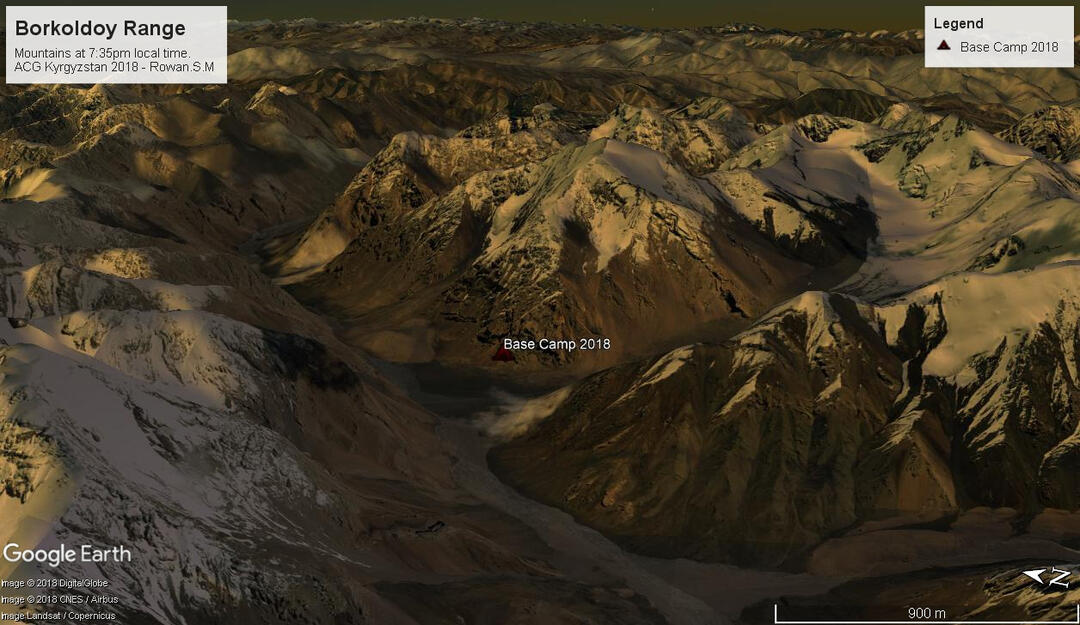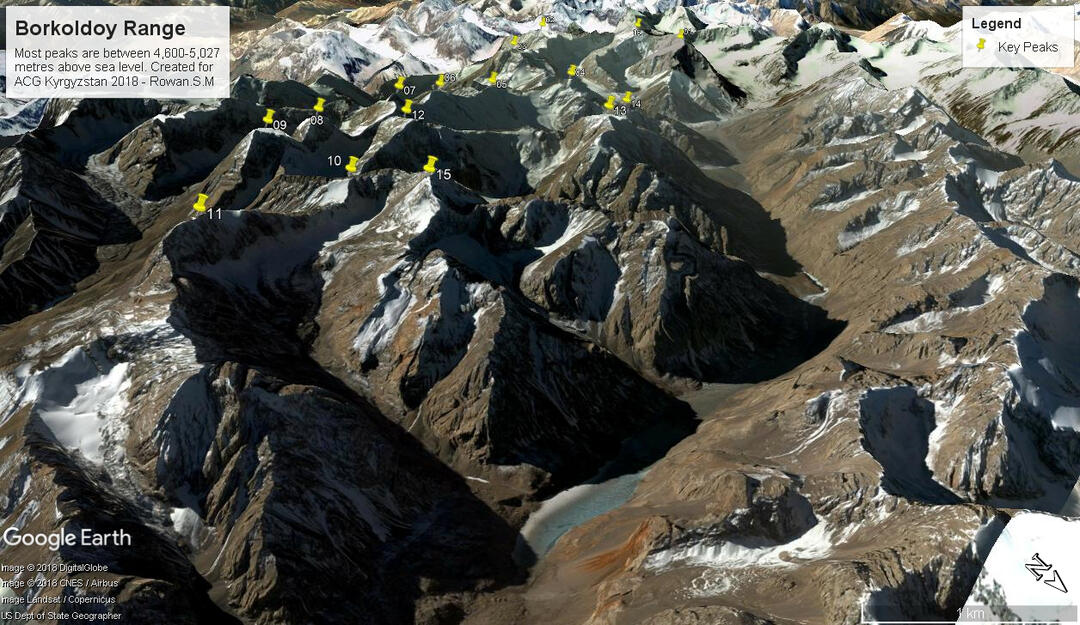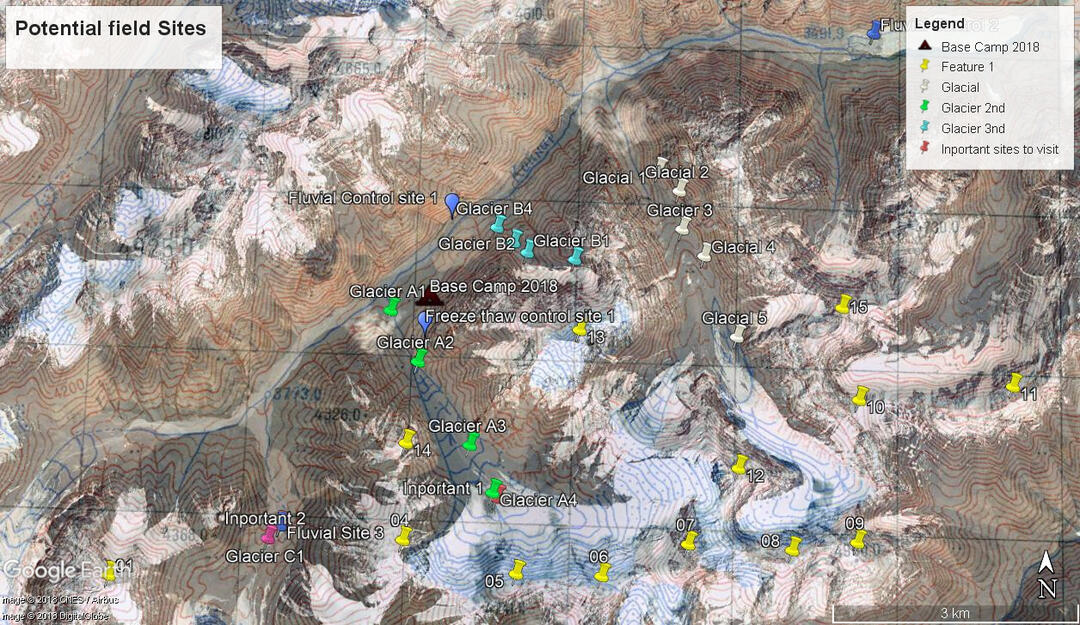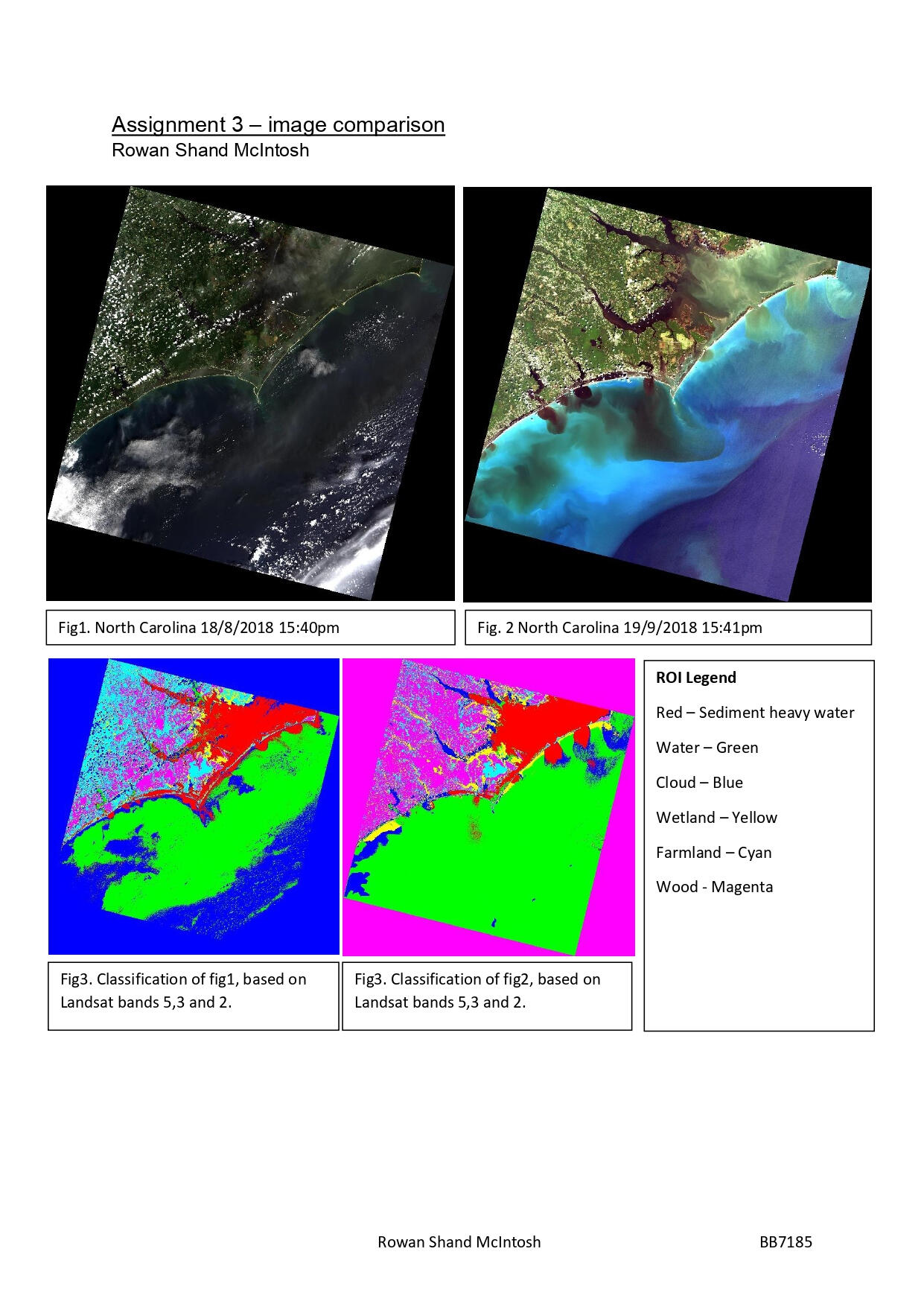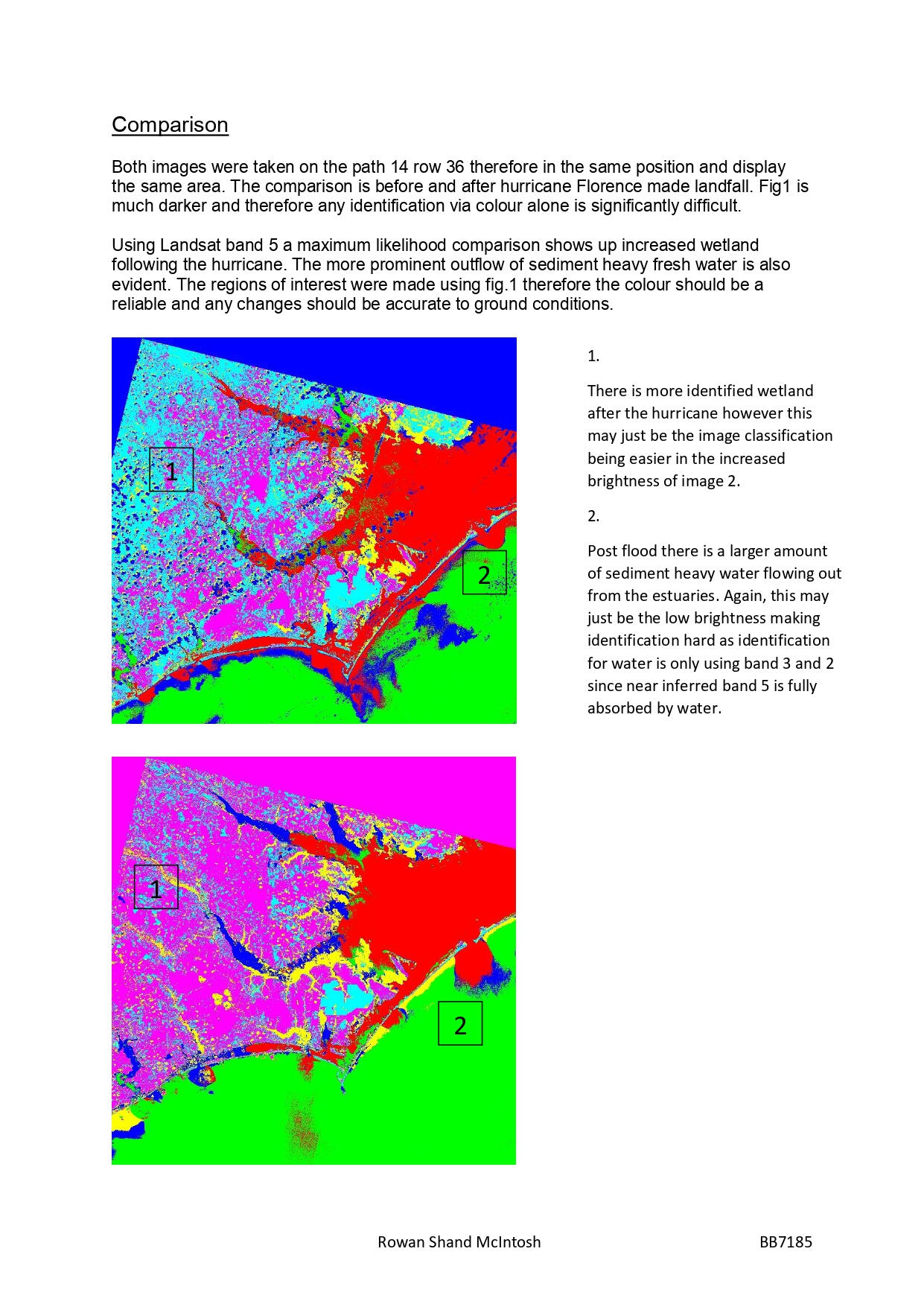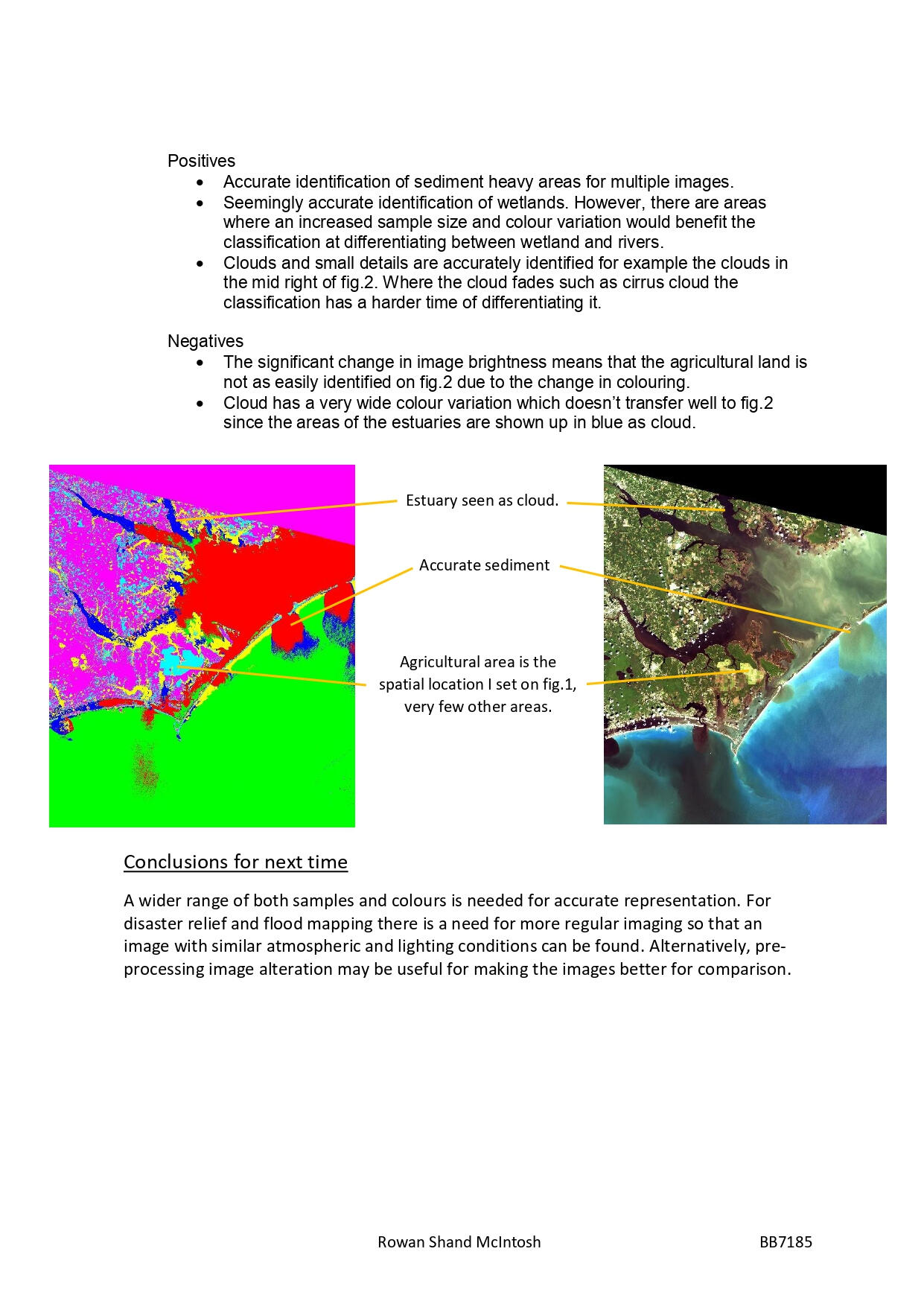
Hi, I'm Rowan
This is my GIS portfolio created to showcase my work and document travel adventures.
Contact and Social Media
About Me
An introduction to my aims and motivations.
Career and Testimonials
CV
My most recent resume, career aims and skill endorsements from a wide varitey of careers.
Previous Projects
Portfolio
A demonstration of previous projects and skill sets.
Career and Testimonials
Blog
A place for me to post my adventures exploring the world from Antarctica to Krygstan.
© rowanshandmcintosh. All right reserved.
Email: [email protected]
LinkedIn: Rowan Shand McIntosh
What's in a name?
The Mountain Ash, or Rowan tree is a hardy mountain tree common across Europe and is my namesake and that of this website.
Rowan Shand McIntosh
Traveling and growing up in the hills. Taking myself off into nature. Main influences being the travel and outdoors with a new focus being my desire to pass on outdoor skills and interest.
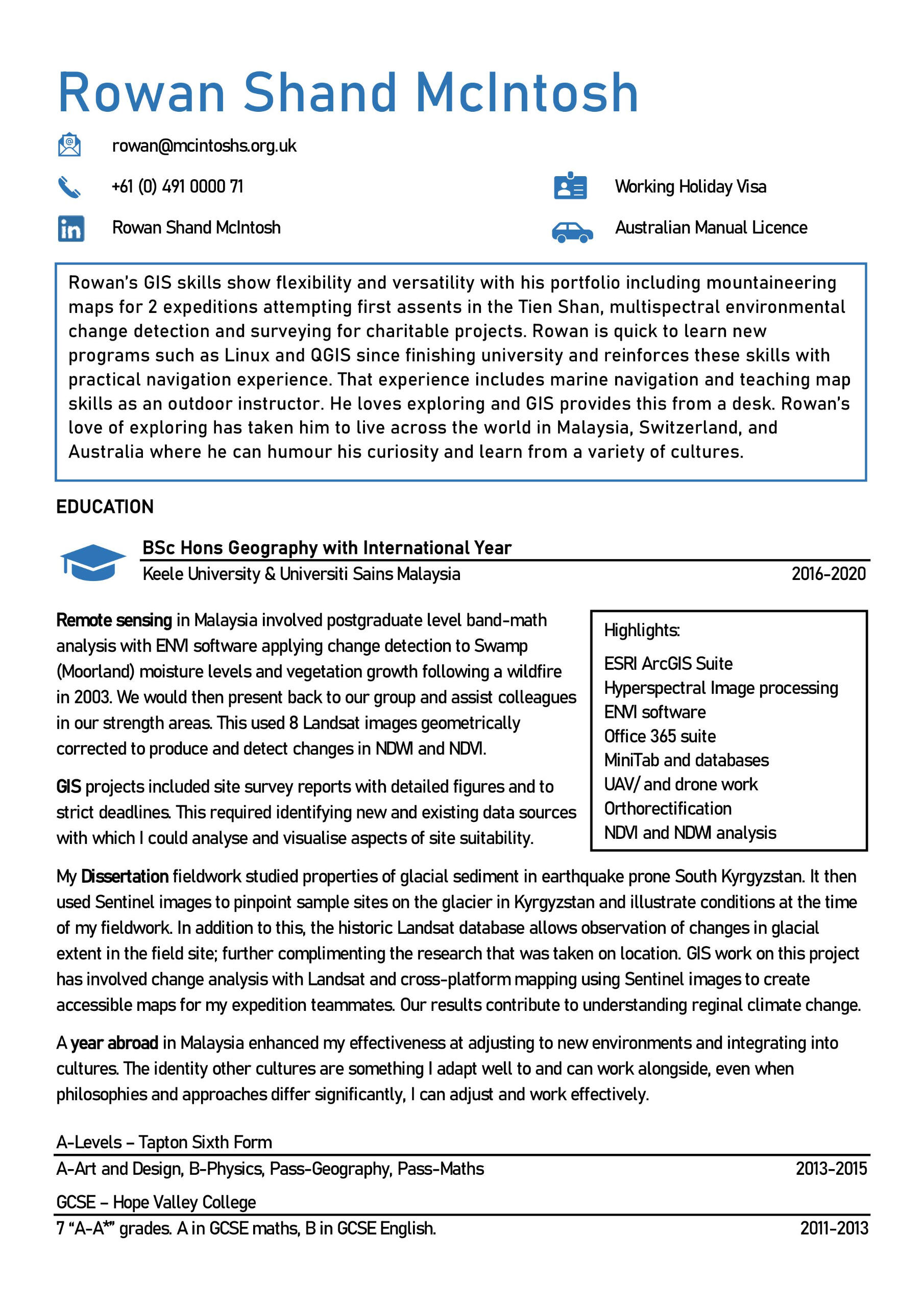
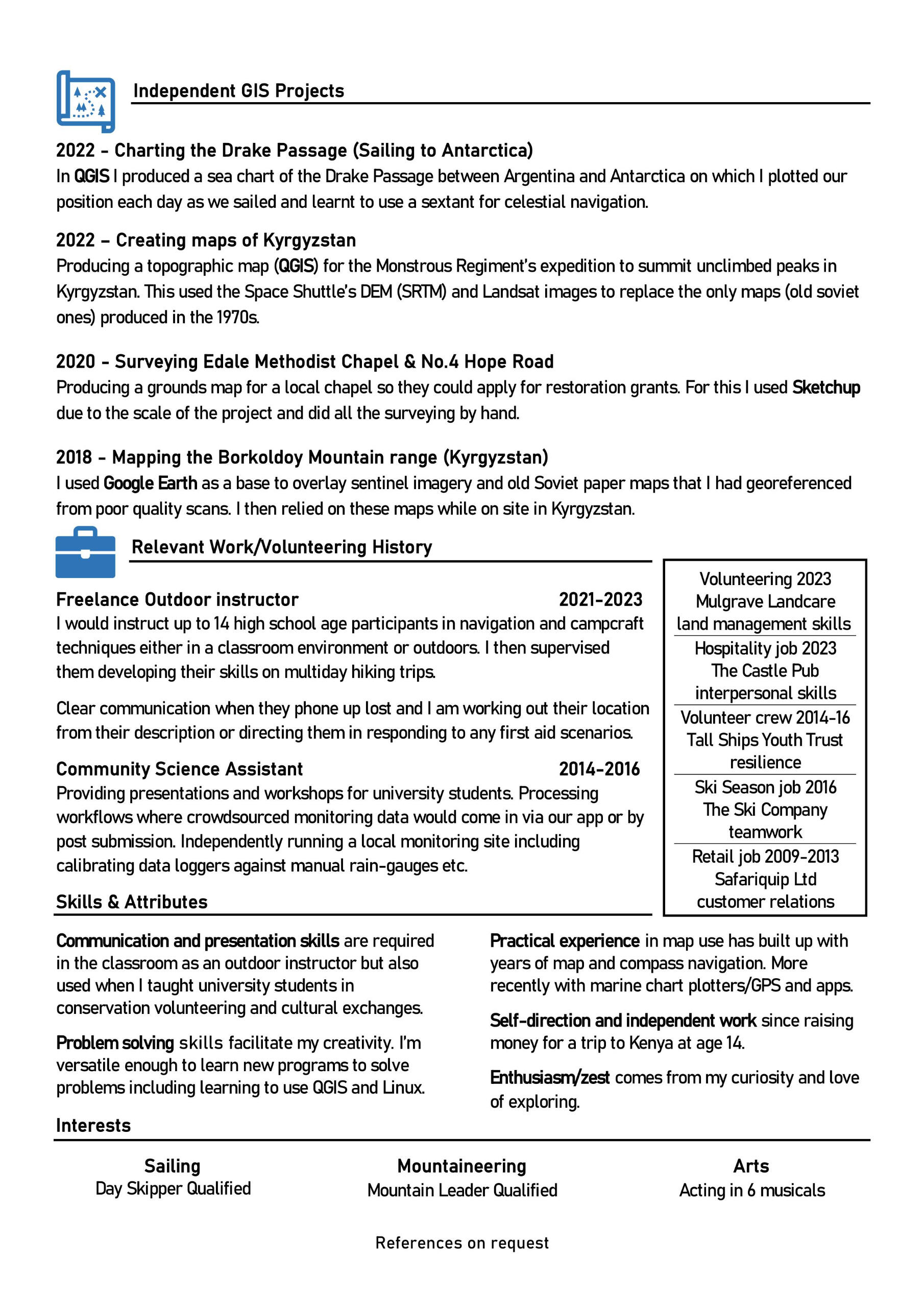
Yellow Crazy Ant Eradication Program
Field Officer
Working through the rainforest in Cairn's Australia I am part of a team identifying the extent of the invasive ant species Anoplolepis Gracilipes and responding with insecticide treatment. This often traversing thick rainforest and brought encounters with snakes and other wonderful wildlife.
Kyrgyzstan 2022
The Monsterous Regiment
Kyrgyzstan 2018
The Monsterous Regiment
Assignment-3
A Universiti Sains Malaysia project

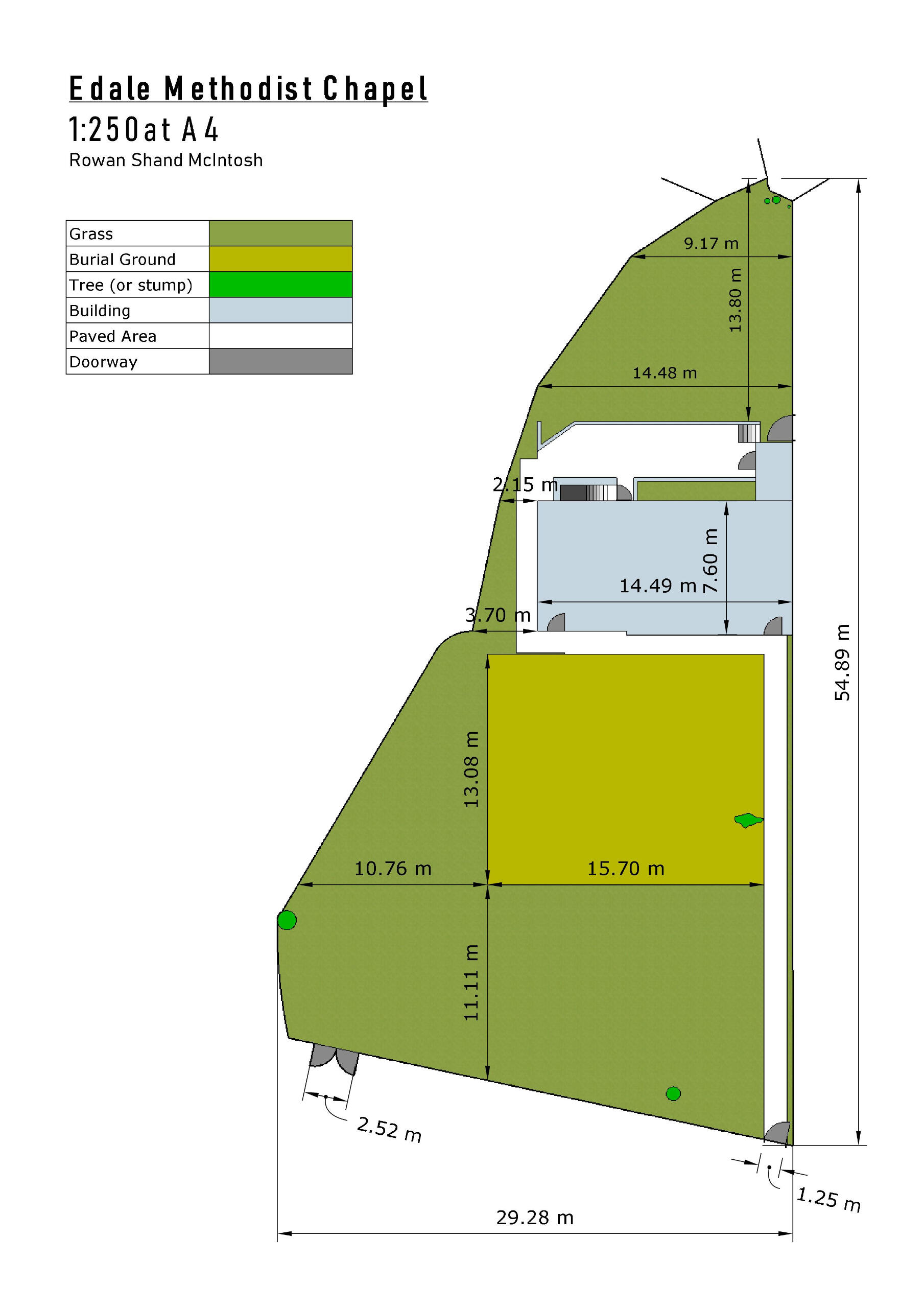
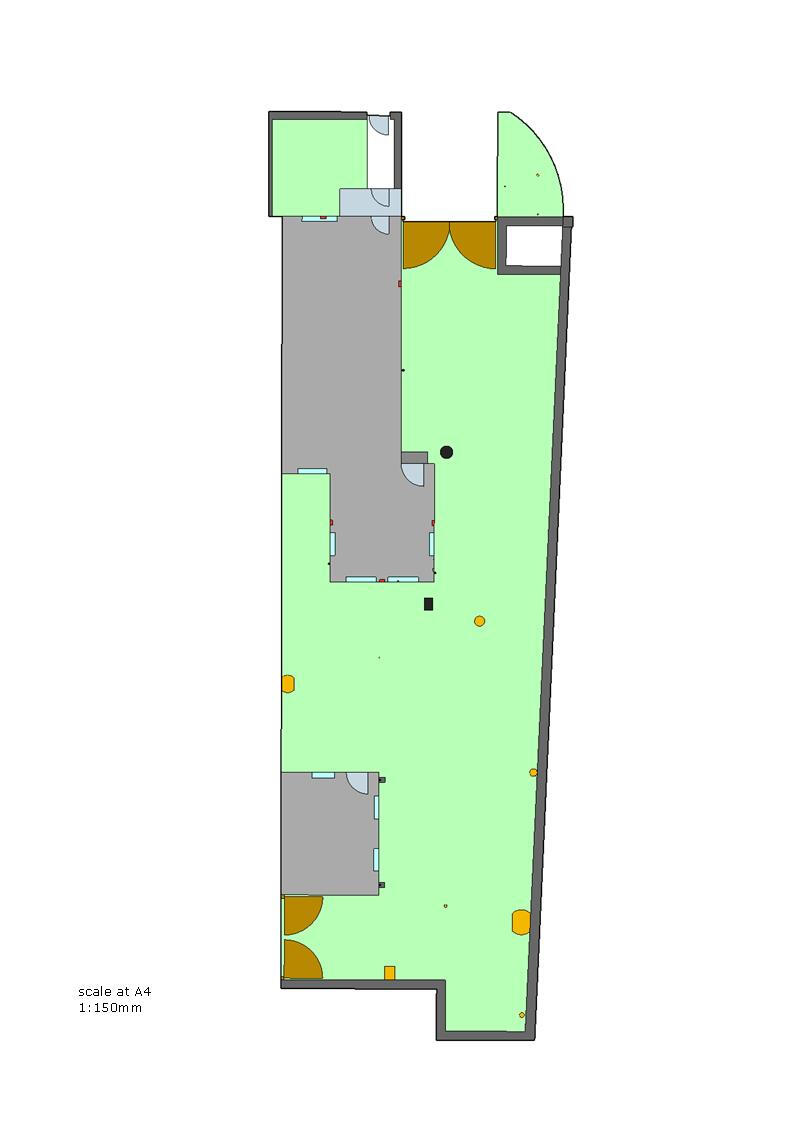
Expedition Mapping, 20 DEC 2022
When creating maps for expeditions the starting point had been to look at what existed.
In the case of the Monstrous regiment’s Exped 2022 the best and only existing maps were soviet maps created between 1978-85. These were easily available for free download and depending on the sheet available to 1:50’000 scale.There was an incentive to create maps more like the British and European counterparts that the team were used to. Soviet maps rely on a Gauss-Krüger projection that is alien to a lot of us raised on Ordnance Survey maps. The desired map would therefore want a custom grid or markers to denote Latitude Longitude. Having spent time in the Borkoldoy region in 2018 the author had experience of the way GPS can jump around in steep valley locations. The ability to manually read of a lat/long location and communicate this could prove to be essential in rescue situations.The other aspects of the maps creation was the lovely little north arrow. 2022 has been interesting as in the UK with Magnetic and True North aligning! However over in the Kyrgyzstan the team would be navigating with a declination of 4° 33' E.The custom maps start with the downloading an elevation model of the expedition area. This is a series of spot hights in our case taken by the Space Shuttle in 2000. With a bit of help from QGIS software contour lines soon appear and can be adjusted to an appropriate separation. For a desired scale of 1:25’000 the contours were simply too busy at 10m separation so 20m separation was used with index contours every 100m. Contour labels could be placed as ladders and kept neat. Finally, the terrain could be populated with details of mountain peaks, rivers, lakes, tracks, and ridge lines. This was mostly taken from Open Street Map. However, with more time there would be plenty of option for future maps to be populated information inspired by recent (or the previous seasons) satellite images. This would allow maps to contain the glacial extent, crevasse patches and the current location/size of meltwater channels.My take home for future expeditions would be: make use of apps such as RussianTopoMaps while planning and navigating too and from your valley. Its great and with the cheap premium you can download the maps offline.
However, when venturing into more gritty landscapes consider taking a custom-made map to give the ability to read of lat/longs.
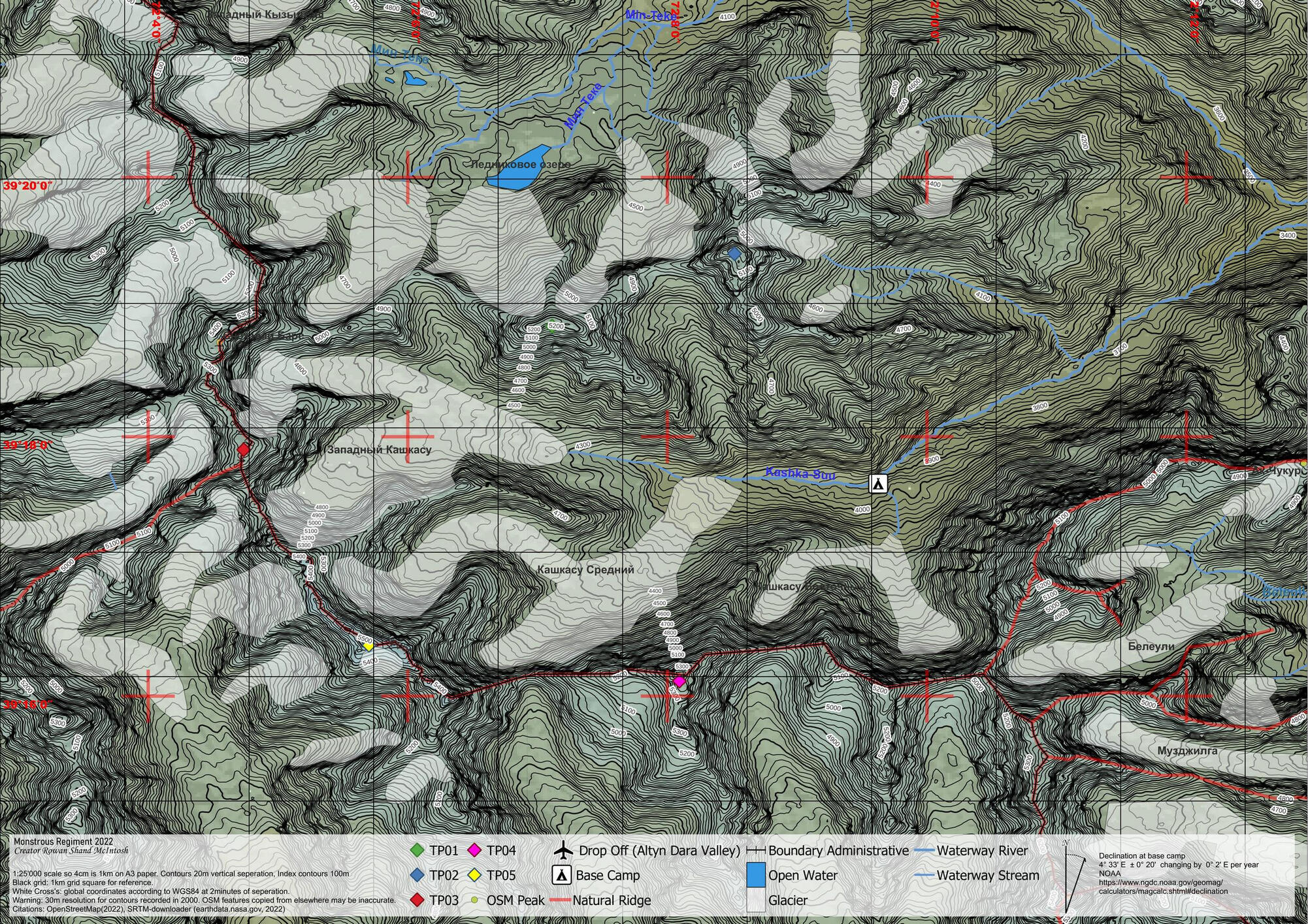
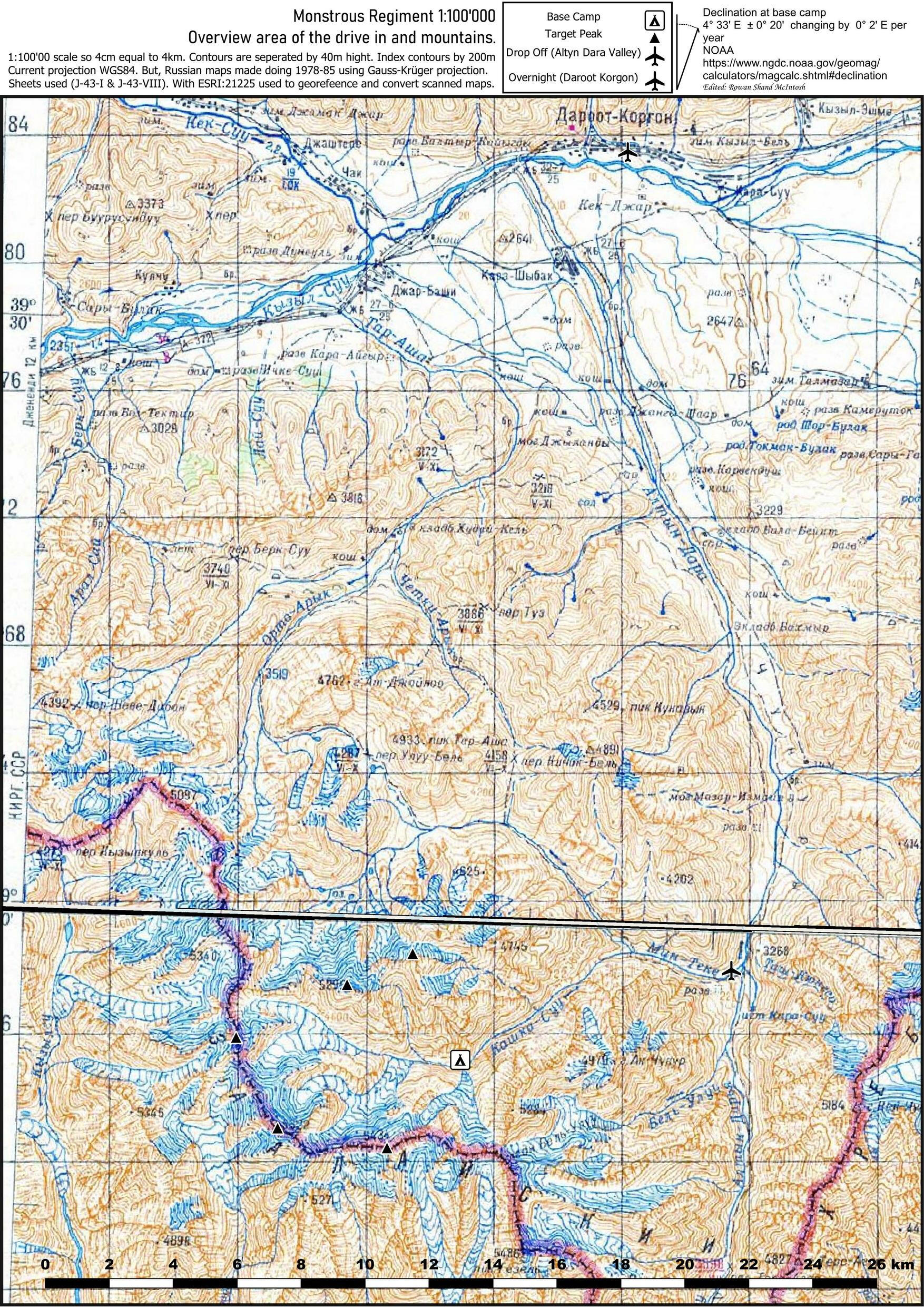
When creating maps for expeditions the starting point had been to look at what existed.
In the case of the Monstrous regiment’s Exped 2022 the best and only existing maps were soviet maps created between 1978-85. These were easily available for free download and depending on the sheet available to 1:50’000 scale.There was an incentive to create maps more like the British and European counterparts that the team were used to. Soviet maps rely on a Gauss-Krüger projection that is alien to a lot of us raised on Ordnance Survey maps. The desired map would therefore want a custom grid or markers to denote Latitude Longitude. Having spent time in the Borkoldoy region in 2018 the author had experience of the way GPS can jump around in steep valley locations. The ability to manually read of a lat/long location and communicate this could prove to be essential in rescue situations.The other aspects of the maps creation was the lovely little north arrow. 2022 has been interesting as in the UK with Magnetic and True North aligning! However over in the Kyrgyzstan the team would be navigating with a declination of 4° 33' E.The custom maps start with the downloading an elevation model of the expedition area. This is a series of spot hights in our case taken by the Space Shuttle in 2000. With a bit of help from QGIS software contour lines soon appear and can be adjusted to an appropriate separation. For a desired scale of 1:25’000 the contours were simply too busy at 10m separation so 20m separation was used with index contours every 100m. Contour labels could be placed as ladders and kept neat. Finally, the terrain could be populated with details of mountain peaks, rivers, lakes, tracks, and ridge lines. This was mostly taken from Open Street Map. However, with more time there would be plenty of option for future maps to be populated information inspired by recent (or the previous seasons) satellite images. This would allow maps to contain the glacial extent, crevasse patches and the current location/size of meltwater channels.My take home for future expeditions would be: make use of apps such as RussianTopoMaps while planning and navigating too and from your valley. Its great and with the cheap premium you can download the maps offline.
However, when venturing into more gritty landscapes consider taking a custom-made map to give the ability to read of lat/longs.
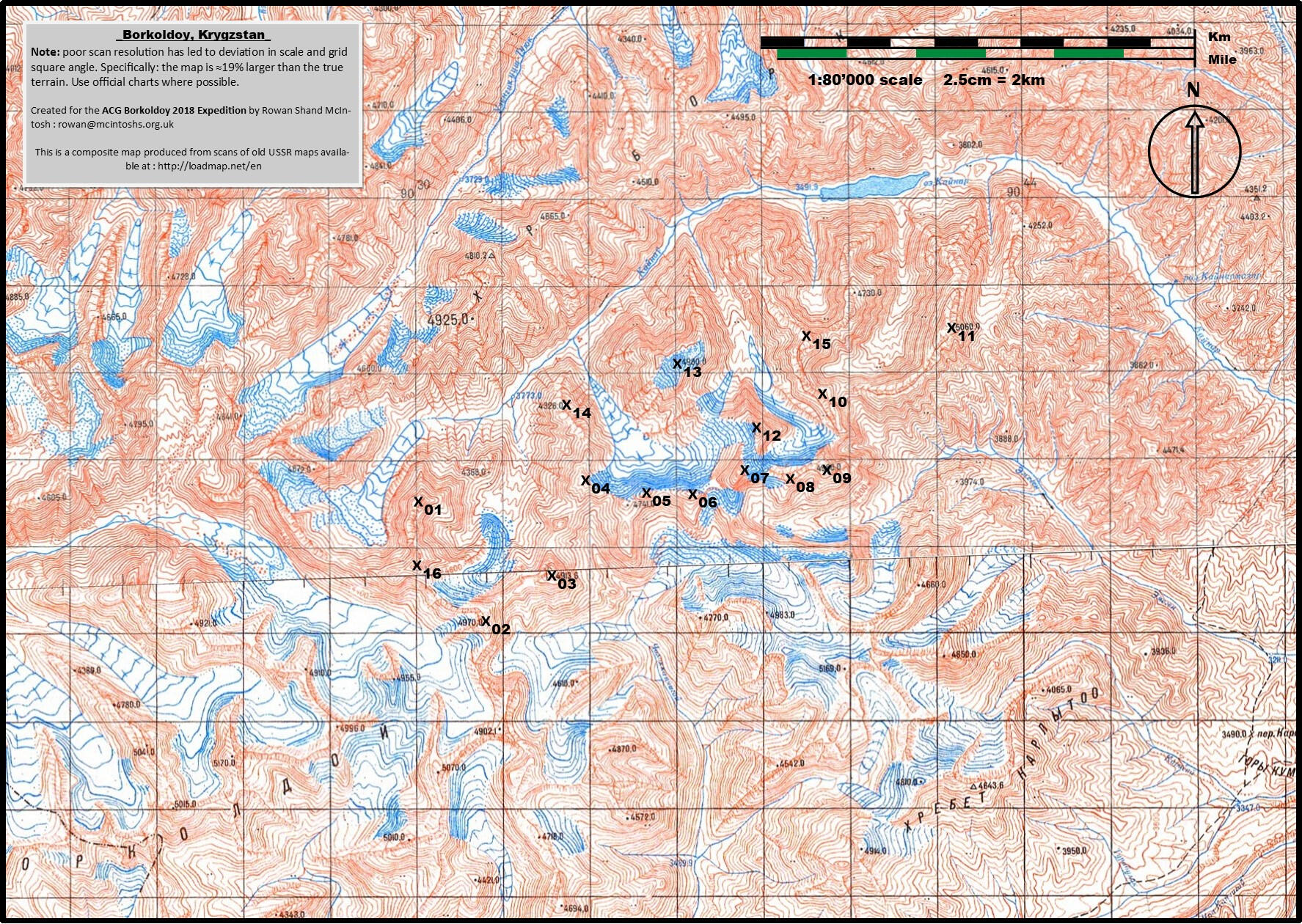
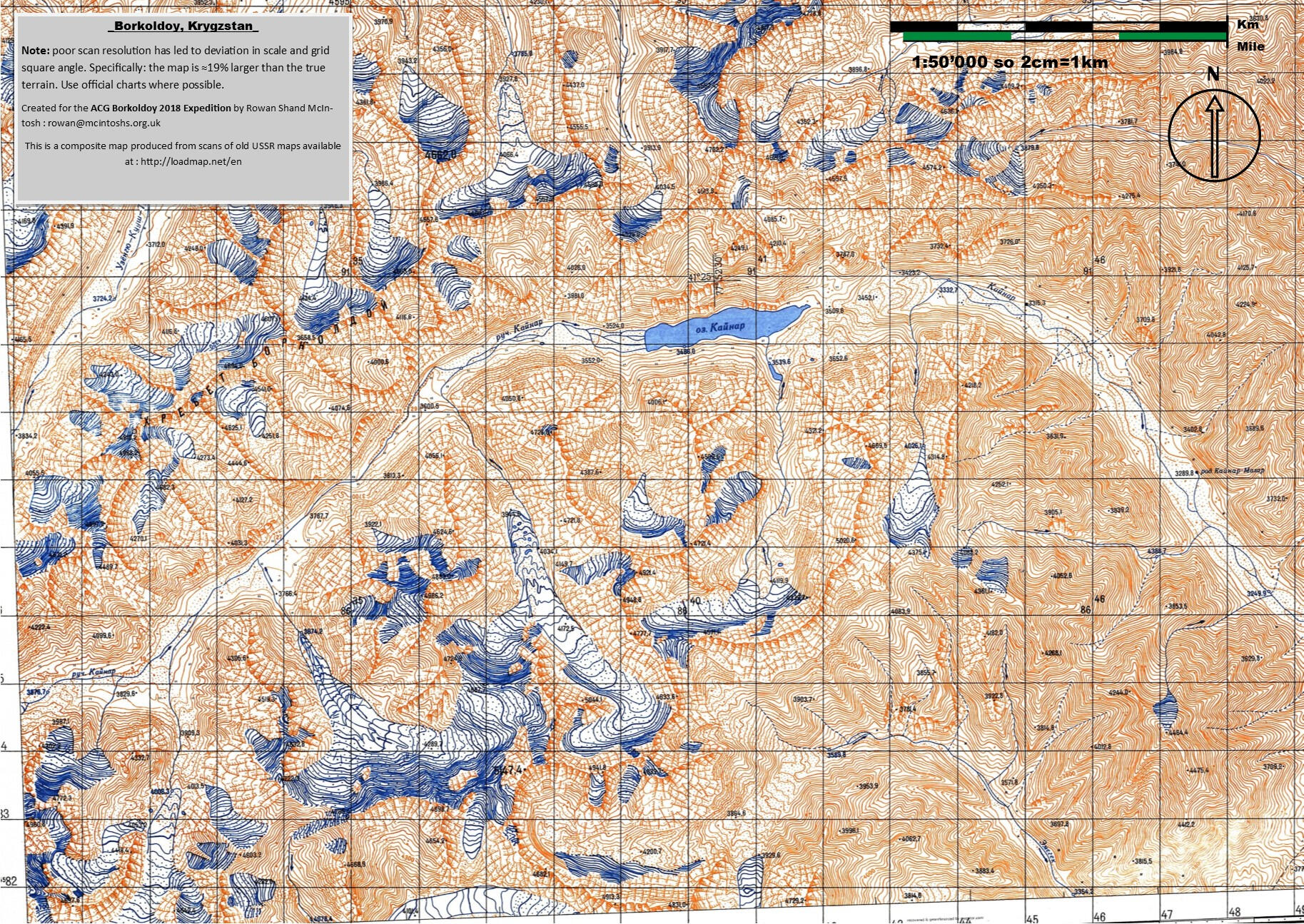
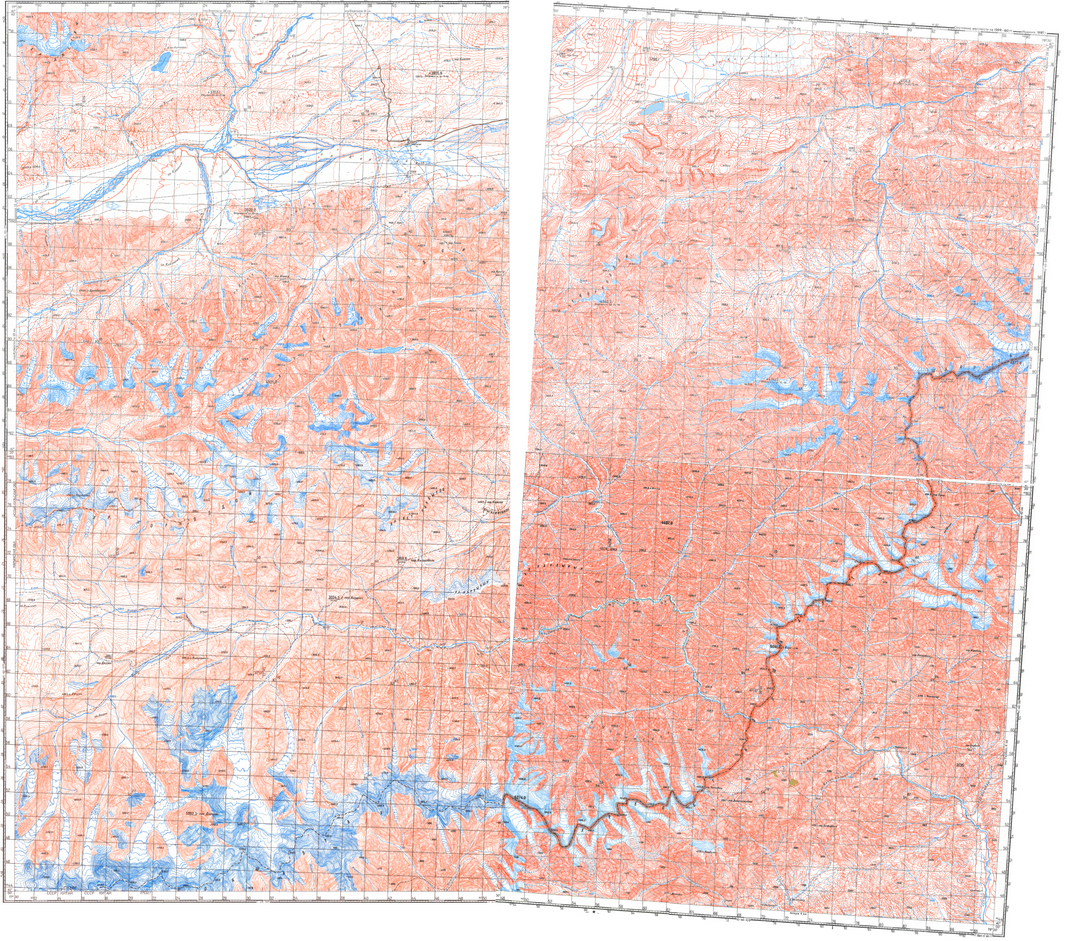
Before we travelled to Krystan we wanted to spy out possible approaches to the mountain peaks.We started by looking at Google earth imagery. Google earth was a powerful tool forHowever without internet or electricity this was unfeasible on while climbing. We needed printed maps. Since print outs from Google earth wouldn't provide us with elevation or hight gain I started searching for existing cartographic maps.What was available was old Soviet era maps. Poorly scanned in as images and available for free on line. Not all we're available but I managed to get two series in 1:80'000 and 1:100'000.Our area of interest being on the map boarder/fold. So began the process of georeferencing. Cropping images, rotating and merging them into one image to show the area of interest with the breaks.

fy;fyl
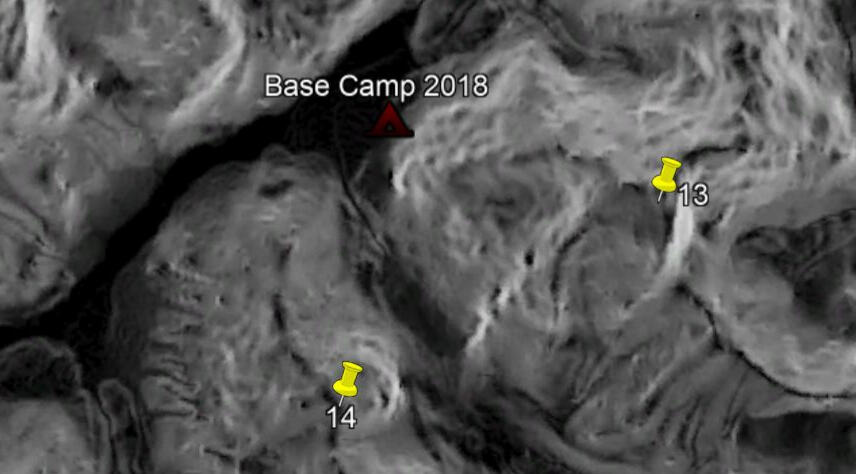
dtudtu
